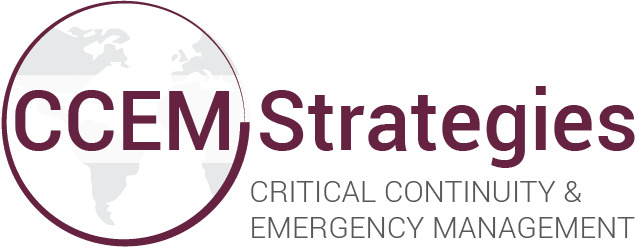As our new normal evolves in the midst of the COVID-19 pandemic, businesses are starting to re-open, and employees are slowly heading back to their offices. As organizations do so, it’s important to keep safety and precautions top-of-mind, both for yourself, and for everyone around you. The main goals for your organization should include maintaining a safe work environment, minimizing the risks of virus spread, and continuing business operations as efficiently as possible. WorkSafeBC has identified four levels of protection to reduce the risk of person-to-person transmission of the Coronavirus.
Elimination: First Level of protection. Limit the number of people in the workplace; options include work-from-home, limiting the number of people in the office, rearranging workspaces to provide 2 meters of space between team members.
Engineering Controls: Use of barriers if physical distancing cannot be maintained.
Administrative Controls: Establishment of procedures and guidelines such as cleaning protocols and room occupancy.
Personal Protective Equipment (PPE): If the first three levels of protection aren’t enough to control the risk, consider the use of non-medical masks.
To help make the transition as smooth as possible, here are a few tactics to utilize in your business transition strategy:
Physical distancing requirements
Ensure all employees maintain a 2 metre (6-foot) distance from one another in workspaces and common areas
Place restrictions on meetings, training, and other similar events where groups of employees are in close proximity
Establish guidelines to follow in common areas - i.e. 1-2 people per bathroom or lunch room, etc.
Prepare workspaces for the return of employees
Reorganize workspaces to accommodate physical distancing
Incorporate additional sanitization procedures of common areas and personal desk space in the office
Ensure that adequate supplies of various types are available at the office, including, but not limited to:
Cleaning supplies
Wipes, hand sanitizer, and related items
Paper towels, toilet paper, and related sundry
Non-medical masks if desired
Return sanitized equipment to the office space safely
People management
Ensure that any employee feeling ill stays home, and either works remotely, or takes time off to recover
Ensure handwashing is done on a frequent basis; hands should be washed frequently and thoroughly with soap and water, up to your wrists, for at least 20 seconds after using the washroom, when preparing food, and after blowing nose, coughing, or sneezing
Transition required training from a classroom to eLearning or webinar model
Review and modify operations as daily business increases
Update work from home policies as necessary
Update your communications plan
Create an updated communications plan to keep employees informed of the full or partial return to pre-pandemic work practices
Clarify which restrictions remain in place and which will be suspended
When business travel restrictions are lifted, determine whether travel is still necessary, and if so, who should be travelling, where, why, and for what duration
Prepare your business for the next wave
Unfortunately, the nature of pandemics is that they typically occur in waves. Therefore, prior to the onset of succeeding waves, here are a few tactics to prepare your business for the next wave:
Create a plan for the smooth transition of relevant employees back to working remotely, including any equipment required
Arrange for stock of cleaning/sanitary supplies to be received prior to the next wave
Formalize and refine plans for dealing with illness and/or absenteeism amongst key personnel within the organization, including succession planning
Develop additional informational resources or e-Learning courses for employees regarding the return of COVID-19, anticipating that this return is likely to result in feelings of dismay and anxiety
Formulate new virtual HR procedures for hiring, staff reviews, and terminations during pandemic conditions
Develop a communications plan to inform employees of the anticipated next pandemic wave, and the steps your company is taking to address the situation.
During and in between waves, communication with your team is of the utmost importance. Not only will you be able to ensure all work is completed safely and efficiently, but you should be able to connect and check-in with team members on a personal and emotional level as well. It’s important to remember that everyone is dealing with the pandemic differently- set the standard of care you expect your company to achieve from the get go.


